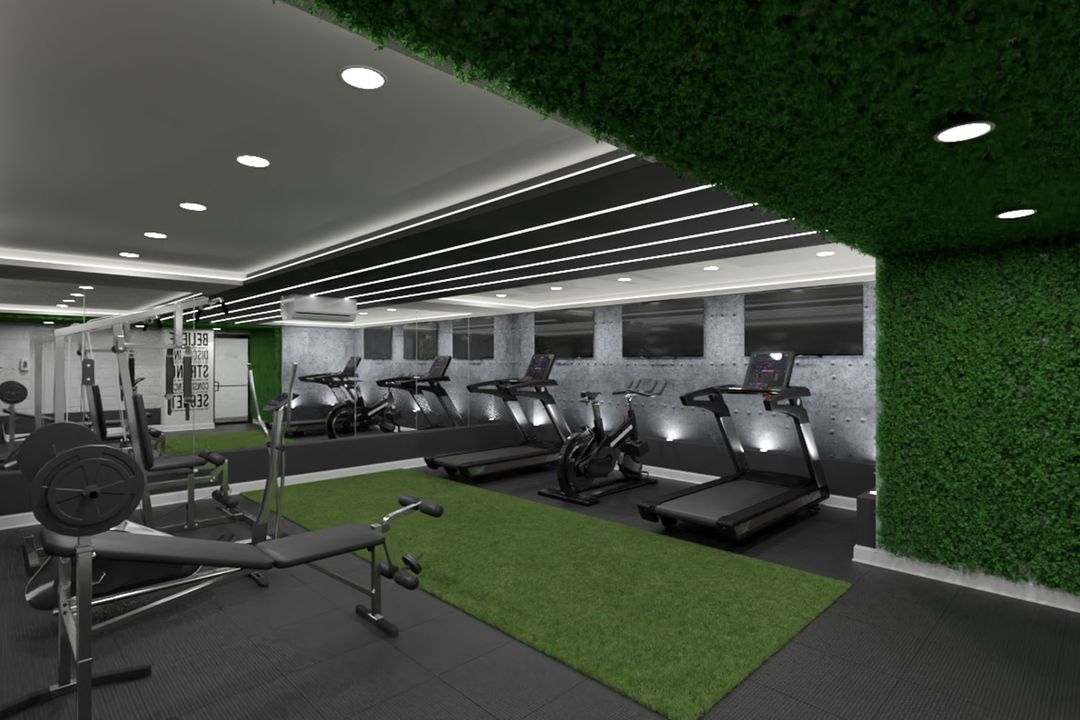
10.28.2025
Modern multifamily living has entered a new era, one defined by flexibility, wellness, sustainability, and beauty. What once focused primarily on density and efficiency has evolved into a lifestyle-driven experience shaped by design. As an interior design firm for multifamily developments, HH Designers has redefined what it means to live well in shared residential environments.
Each multifamily project in the HH Designers portfolio tells a story about community, comfort, and the future of living. From contemporary towers to boutique urban developments, every space merges architecture, art, and human behavior into design that feels both aspirational and deeply personal.
The following examples, Flora Park, 17 Mercer, Linden Station, Seaside Heights, Montclair, Citizens Cedar Grove, Northern Liberties, and Citizen Little Falls, demonstrate how HH Designers blends innovation and empathy to shape the modern residential experience.
The multifamily market is changing. Residents now prioritize experiences over square footage, amenities over excess, and sustainability over surface luxury. According to the National Multifamily Housing Council (NMHC), over 70% of renters in urban markets value wellness amenities, shared social areas, and strong sustainability credentials when choosing where to live.
Research by the American Society of Interior Designers (ASID) also shows that post-pandemic renters expect hybrid work zones, air quality optimization, and biophilic elements that connect them to nature.
In short, multifamily interiors must do more than look beautiful. They must support modern lifestyles, promote mental and physical health, and create environments that people truly want to call home.
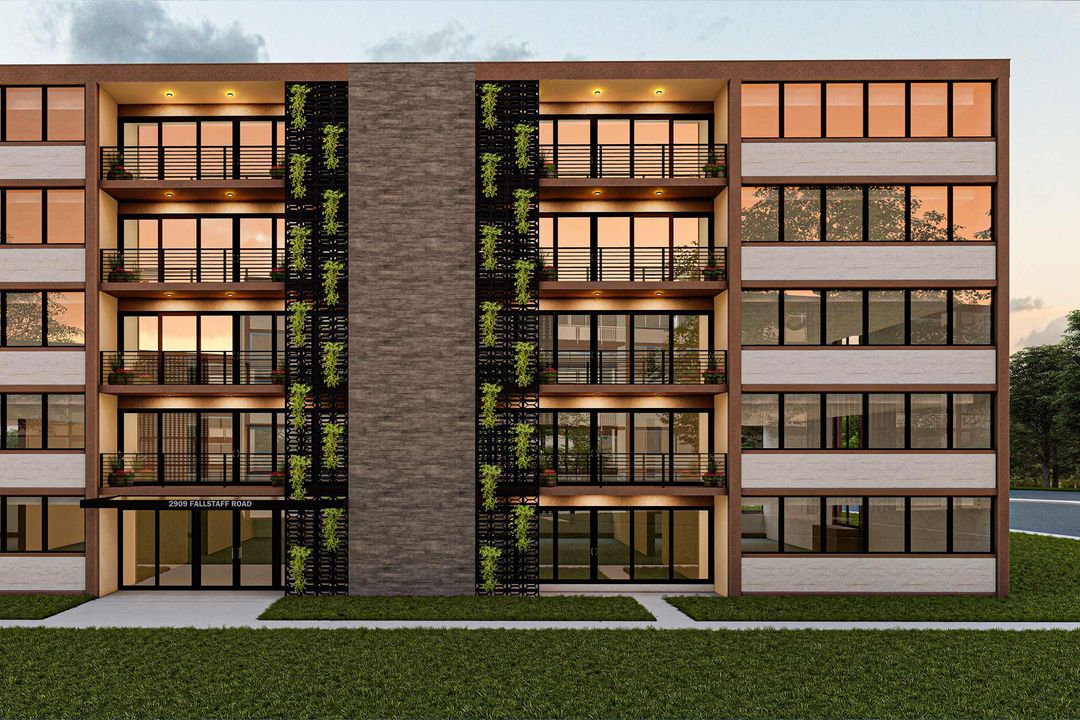

At Flora Park, HH Designers created an environment that feels like a resort rooted in community. The project’s design philosophy centers around biophilic immersion, the idea that nature should be the organizing principle of daily life.
Every public zone features organic forms, natural materials, and lush greenery. The lobby doubles as a botanical gallery, where wood ceilings and live-edge furniture connect residents instantly to the outdoors. This approach follows principles outlined by the U.S. Green Building Council (USGBC) for sustainable residential design.
Apartments feature warm neutral palettes with textural variety such as rattan, light oak, linen, and matte black accents. The effect is calming yet sophisticated, an aesthetic validated by wellness research in Architectural Digest.
Flora Park’s amenities reinforce social cohesion: co-working lounges, fitness areas, and outdoor courtyards framed by tropical planting. HH Designers ensured circulation between zones feels natural, using soft spatial transitions rather than walls or hard barriers.
Design takeaway: In modern multifamily environments, nature is not a view outside the window. It is a design strategy that enhances well-being, builds community, and communicates value.
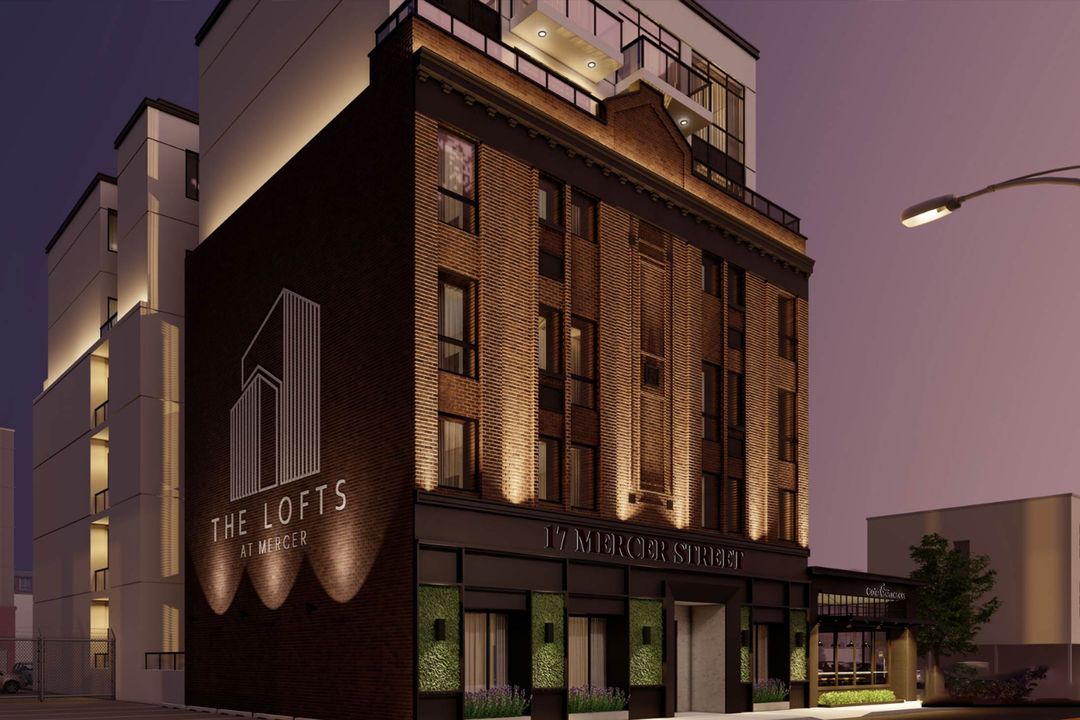
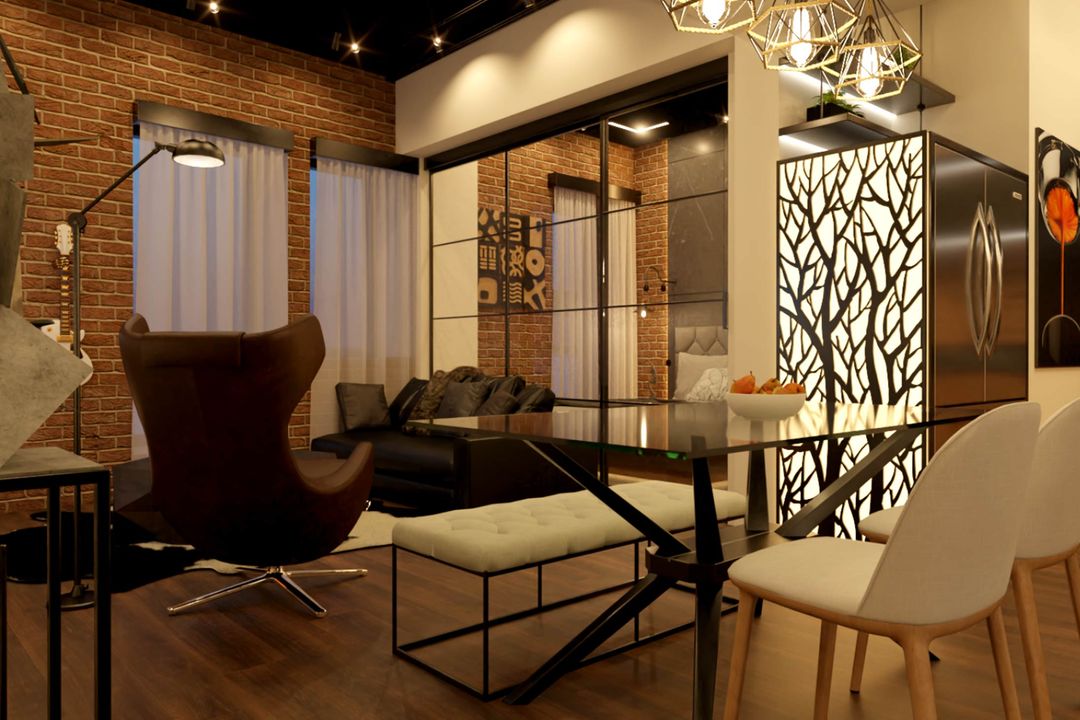
17 Mercer captures the essence of luxury urban minimalism. Located in a dense metropolitan area, this project by HH Designers merges high design with intimate scale.
The concept emphasizes spatial precision, where every square foot performs multiple roles. Living rooms flow seamlessly into kitchens designed for both cooking and socializing. Storage solutions are hidden within architecture, creating uninterrupted lines and visual serenity.
Finishes blend rich textures and subdued color palettes, creating the sense of timeless sophistication that aligns with urban lifestyles. The approach mirrors trends discussed in the Urban Land Institute (ULI) research on micro-luxury developments, where design efficiency defines perceived value.
Common areas feature curated art walls and soft lighting that evoke the intimacy of a boutique hotel rather than an apartment complex. Materials like fluted wood, brass, and marble provide warmth without ostentation.
Design takeaway: Urban living should feel intentional and calm. Precision, proportion, and tactility transform small spaces into luxurious experiences.
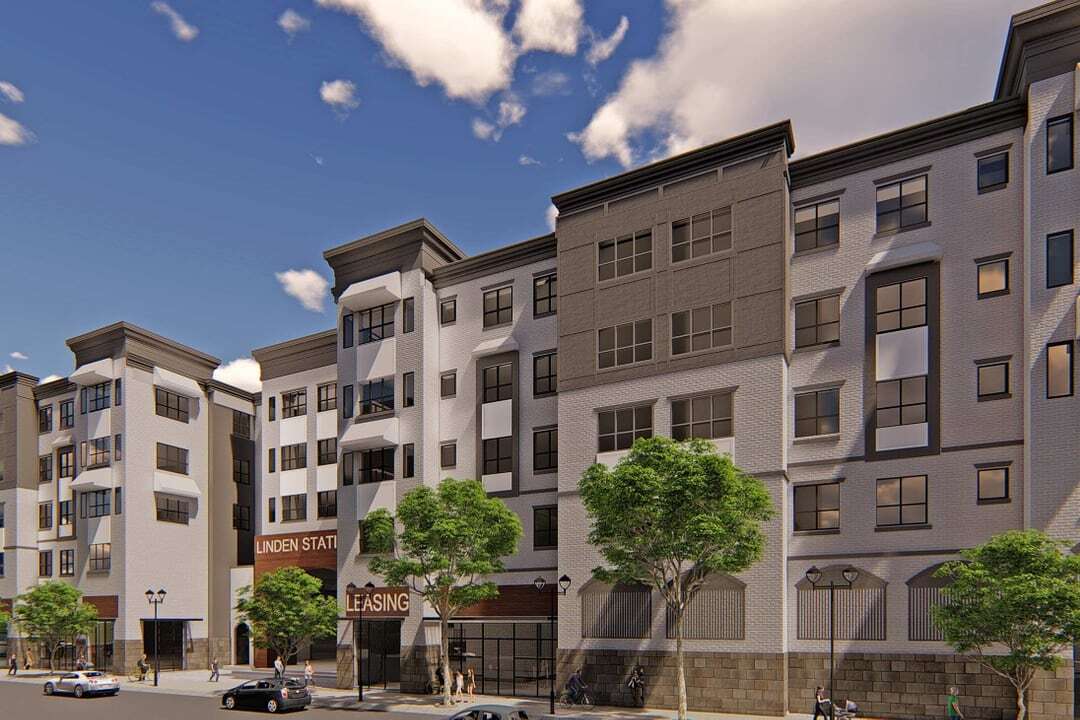

Linden Station represents a model for transit-oriented communities that prioritize accessibility, sustainability, and social connection. HH Designers approached the interiors as both functional and narrative, telling the story of a community in motion.
The building’s public spaces are inspired by travel lounges and creative studios. Residents move through spaces designed for encounter: a coffee bar at the entrance, shared seating that invites collaboration, and a fitness zone visible from the courtyard.
Color palettes are light and uplifting, emphasizing optimism and opportunity. Durable finishes and locally sourced materials align with National Association of Home Builders (NAHB) best practices for sustainable multifamily construction.
Apartments feature subtle zoning through lighting and texture rather than walls, allowing residents to create flexible live-work boundaries. HH Designers also integrated acoustic treatments that meet comfort standards outlined by ASID, ensuring quiet without isolation.
Design takeaway: Transit-oriented developments succeed when they create belonging. Design transforms movement into community.
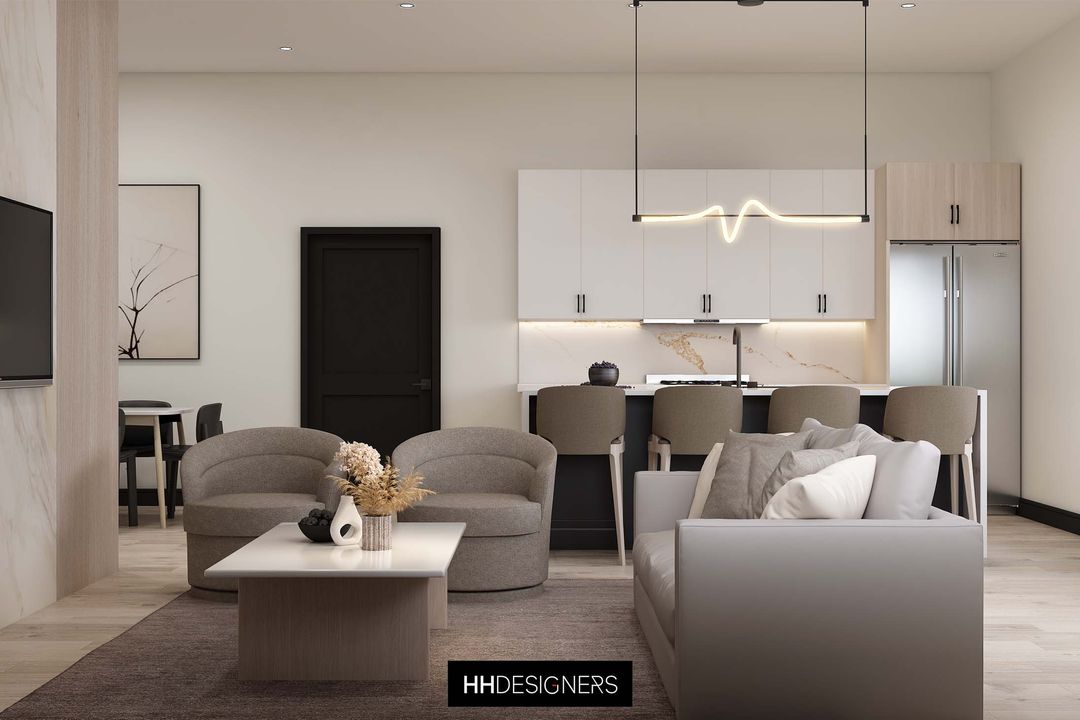
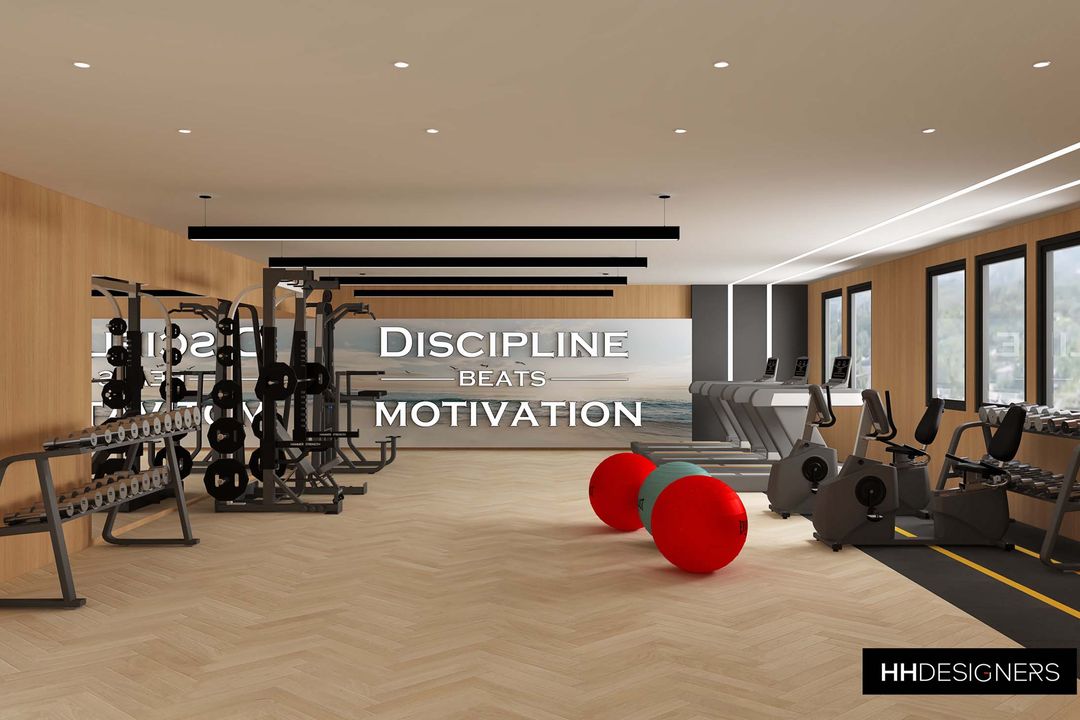
Seaside Heights exemplifies how modern coastal living can blend energy and tranquility. HH Designers avoided the clichés of beach design, choosing to create a refined, modern experience instead. The interiors embrace coastal restraint: sandy neutrals, woven textures, matte metals, and natural daylight as the primary design material.
The lobby features sculptural lighting reminiscent of ocean waves, while the resident lounge incorporates pale oak, linen upholstery, and locally inspired art. Public corridors include subtle maritime cues like rope detailing and custom tile mosaics that reference the shoreline without imitation.
Every material selection prioritizes durability against salt air and humidity, aligning with USGBC coastal resilience standards. Sustainable finishes also contribute to long-term operational efficiency, which is increasingly critical in waterfront real estate.
Design takeaway: Modern coastal design should not replicate nature; it should interpret it. Sophisticated restraint creates authenticity.
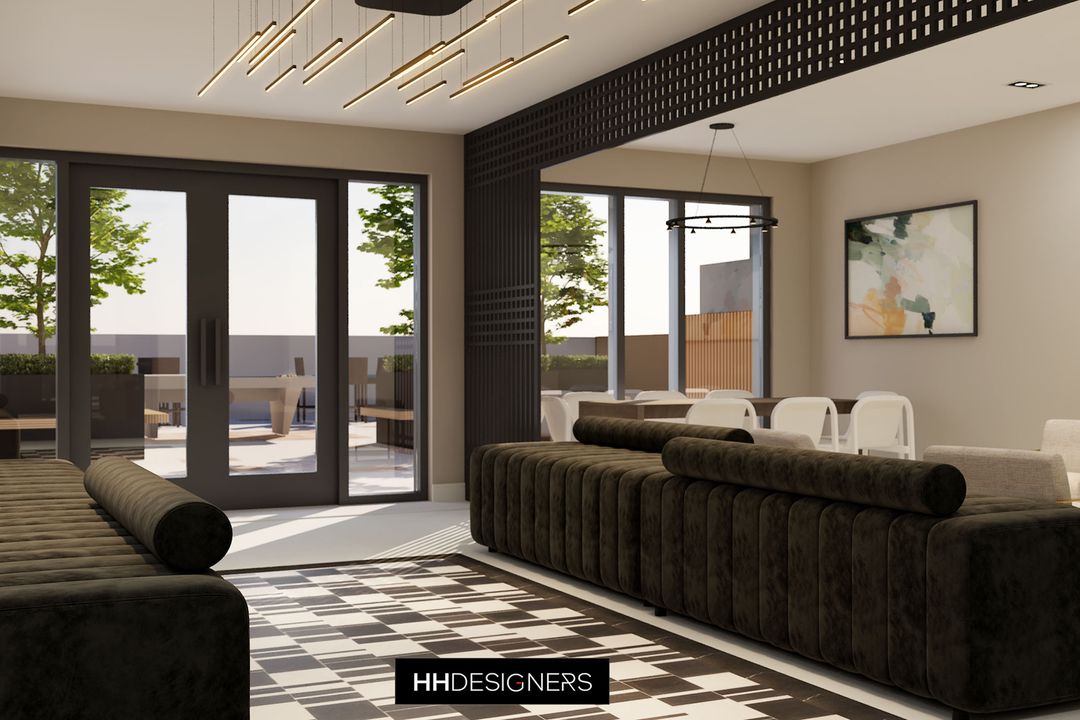
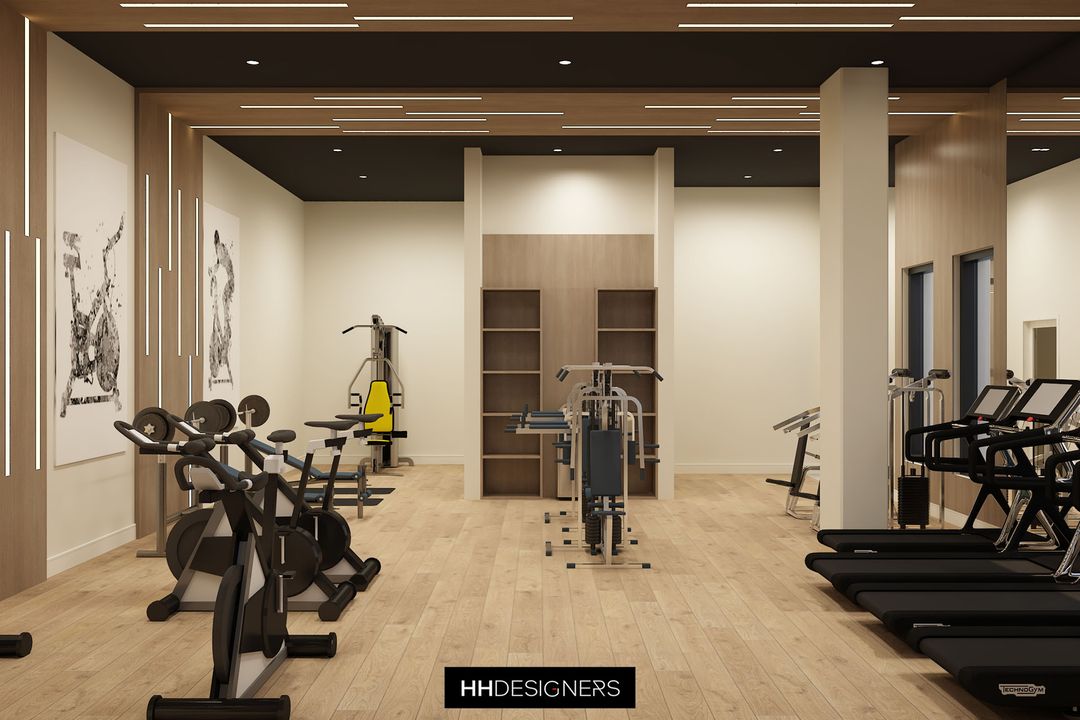
Montclair bridges the historic and the contemporary. In this project, HH Designers revitalized a classic property with a fresh, modern sensibility while preserving its architectural DNA.
The interiors celebrate contrast, where ornate moldings coexist with minimalist furniture, and bold art sits against soft plaster walls. This approach parallels adaptive reuse strategies discussed by the National Trust for Historic Preservation.
Amenities are designed to feel like private clubs. Residents enjoy a reading lounge with sculptural lighting, a yoga studio integrated into the garden level, and a rooftop terrace with panoramic views. The palette combines warm walnut, dark stone, and matte brass for an atmosphere of enduring elegance.
Montclair’s strength lies in emotional intelligence. Residents feel both the history of place and the optimism of the present.
Design takeaway: Heritage buildings thrive when design honors the past without replicating it. Balance is beauty.

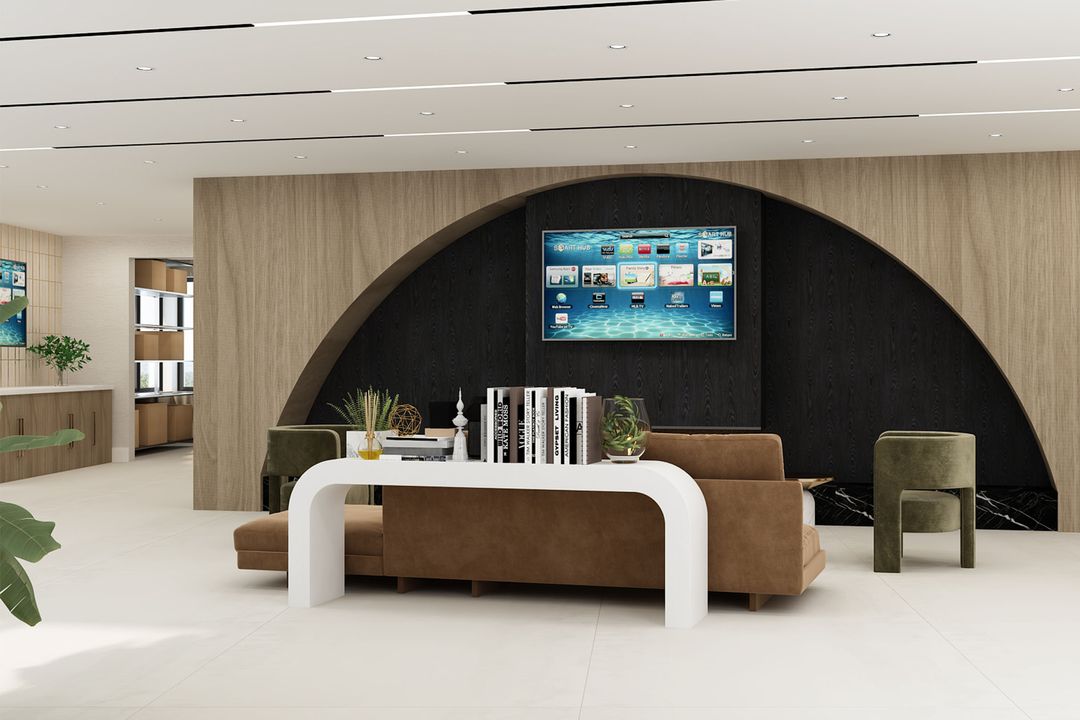
At Citizens Cedar Grove, HH Designers designed a multifamily development that feels more like a boutique hotel than a traditional apartment complex. The design philosophy blends urban edge with refined hospitality.
The lobby greets residents with a sculptural reception desk framed by vertical gardens and bronze accents. Lighting is layered for mood, with soft perimeter illumination balancing focused task lighting over co-working zones.
Apartments echo the same theme. Clean-lined kitchens flow into living areas that accommodate both entertaining and remote work. Finishes include European-style cabinetry, quartz countertops, and neutral stone flooring that transitions seamlessly to private balconies.
Shared amenities, from the rooftop lounge to the wellness spa, reflect hospitality standards influenced by the American Hotel & Lodging Association (AHLA). Each area feels designed for experience, not just function.
Design takeaway: The line between hospitality and multifamily design is fading. The best communities offer residents the feeling of living in a curated, service-oriented environment.
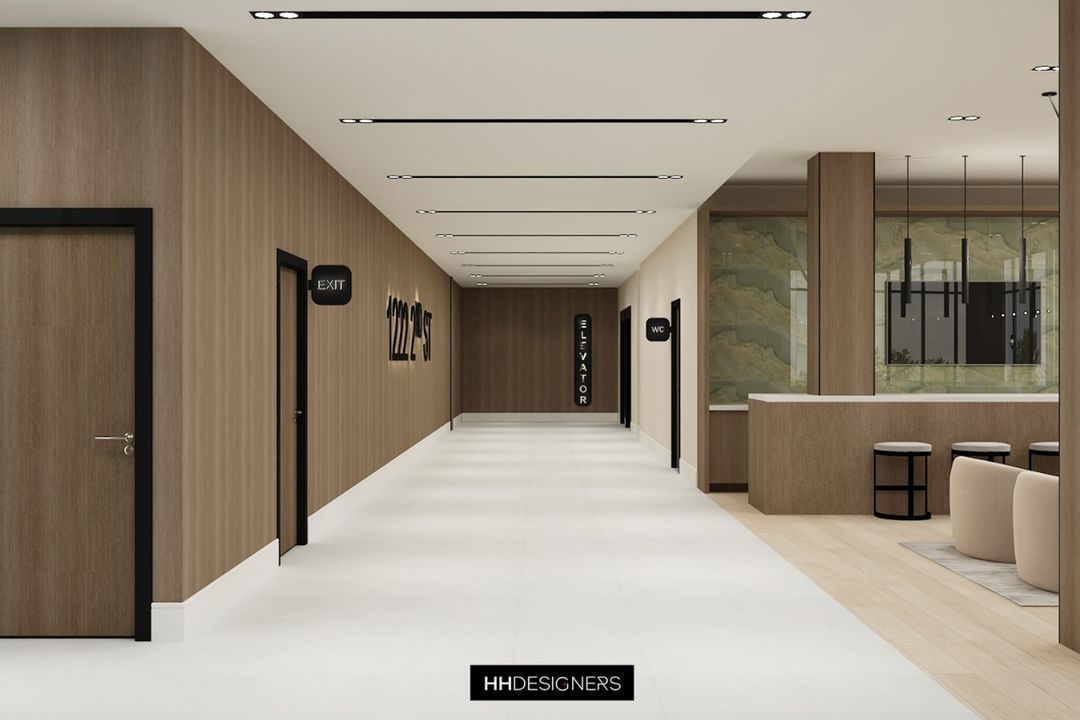

Northern Liberties redefines urban industrial living for a new generation. HH Designers leaned into the building’s raw DNA, transforming exposed concrete and steel into design assets rather than liabilities.
The design balances grit and grace. Exposed ductwork and brick are softened by warm lighting and tactile furnishings. Large shared tables and open lounges encourage social creativity, reflecting Philadelphia’s growing artistic scene.
Apartments include open shelving, matte finishes, and natural fabrics to humanize industrial materials. The project aligns with principles found in Urban Land Institute publications on adaptive reuse and creative placemaking.
Public art installations curated by local artists reinforce community identity, while flexible amenity zones host pop-up events and coworking gatherings.
Design takeaway: Authenticity attracts. When design celebrates material honesty and community creativity, residents feel ownership of their environment.
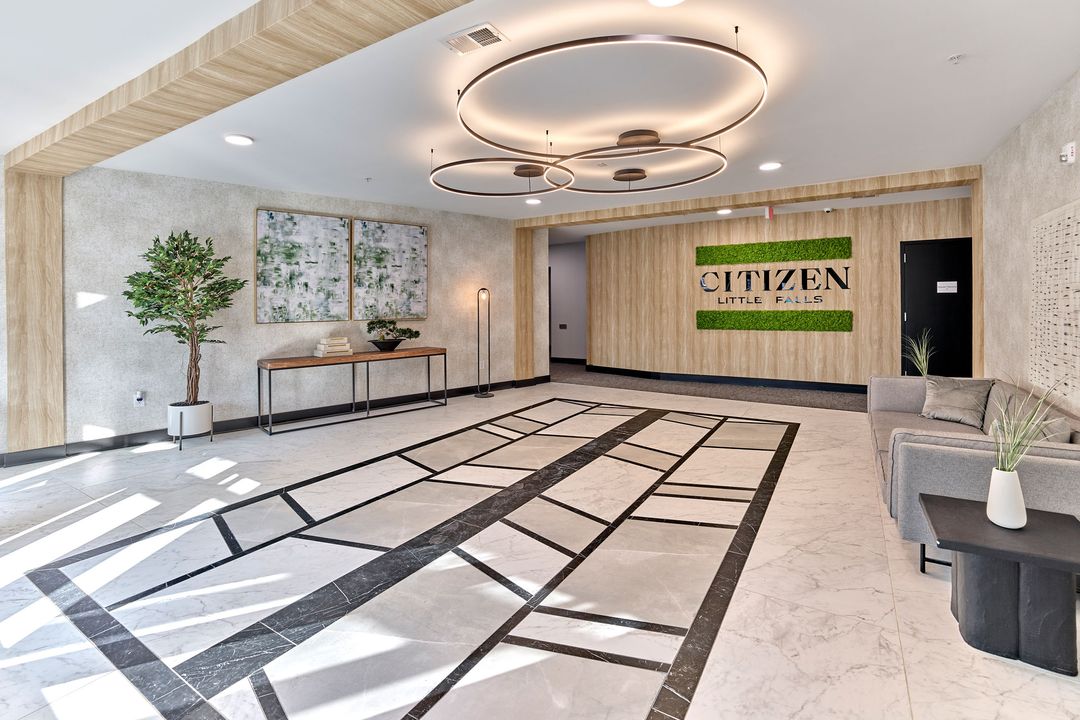
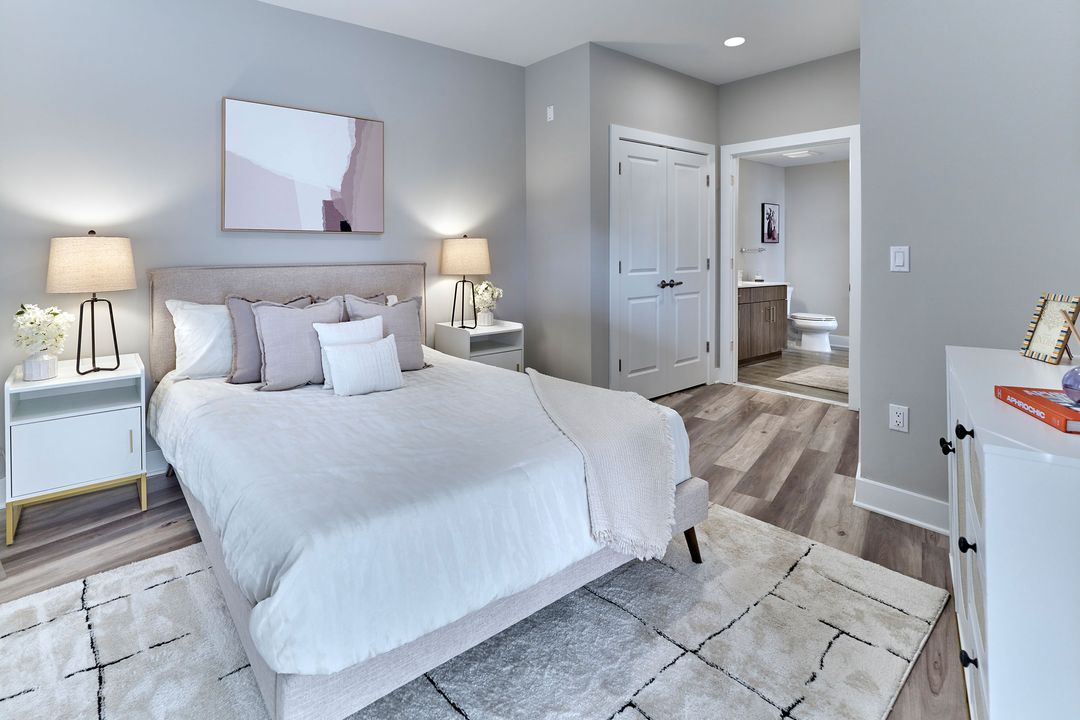
Citizen Little Falls exemplifies the new reality of post-pandemic living, where work, wellness, and leisure all coexist in one space. HH Designers crafted interiors that transition effortlessly between productivity and relaxation.
Apartments are planned around zoning flexibility. Movable partitions and multipurpose furniture allow residents to create distinct areas for focus and downtime. Lighting scenes shift from warm evening glow to bright task illumination, echoing circadian rhythm principles endorsed by the U.S. Department of Energy.
Shared lounges serve dual purposes. Morning co-working zones transform into evening social hubs. Finishes are tactile and timeless, using terrazzo, natural oak, and woven textiles to balance technology’s sleekness.
Citizen Little Falls integrates sustainability at every level, from low-VOC materials to efficient water systems, following LEED for Homes Multifamily Midrise guidance.
Design takeaway: The modern apartment must evolve throughout the day. Flexibility is not luxury; it is necessity.
Across these eight projects, clear principles define HH Designers’ approach to multifamily interior design:
Spaces are not passive containers but tools for living. Flora Park’s courtyards, Little Falls’ flexible layouts, and Cedar Grove’s hospitality-inspired amenities demonstrate how interiors serve evolving daily rhythms.
Biophilia functions as a performance system. Natural materials and daylight optimize mood and air quality, validated by Harvard’s Healthy Buildings research.
Trends fade, but feelings last. Projects like Montclair and Northern Liberties use materials that age gracefully, maintaining relevance over time.
Physical, mental, and social health define success. Spaces like Kiwi Recovery’s residential counterparts show how comfort and community foster resilience.
From coastal Florida to urban Philadelphia, each design reflects its neighborhood while achieving international design standards.
The National Association of Home Builders (NAHB) and Urban Land Institute (ULI) both forecast growing demand for adaptive reuse, smaller footprints, and shared amenities that support hybrid lifestyles.
Emerging trends shaping HH Designers’ work include:
Modern multifamily developments must perform across decades, not design cycles. HH Designers prioritizes sustainable longevity, creating spaces that remain visually compelling and operationally efficient.
Projects like Seaside Heights and Citizens Cedar Grove incorporate durable finishes with timeless appeal. Materials are chosen for both low environmental impact and enduring beauty. HVAC, lighting, and plumbing systems align with USGBC LEED Residential criteria, ensuring measurable performance outcomes.
By aligning interior design with energy modeling and lifecycle cost analysis, HH Designers reduces maintenance needs while maximizing return on investment for developers and property owners.
Designing homes for hundreds of residents demands a delicate balance between individuality and community. HH Designers achieves this by creating environments that feel socially vibrant yet personally private.
At Linden Station, communal coffee bars become gathering anchors. At Northern Liberties, art and craft define identity. At Flora Park, lush courtyards encourage spontaneous connection.
This blend of hospitality, wellness, and locality is the future of multifamily design, one supported by the National Multifamily Housing Council (NMHC) and ASID’s emphasis on experience-driven design.
The modern multifamily landscape is about more than efficient units or Instagrammable amenities. It is about designing spaces that respond to the human condition, to how people live, work, rest, and connect.
HH Designers’ portfolio of Flora Park, 17 Mercer, Linden Station, Seaside Heights, Montclair, Citizens Cedar Grove, Northern Liberties, and Citizen Little Falls demonstrates how thoughtful design turns density into community and architecture into identity.
In a world where lifestyle and longevity define value, HH Designers continues to set the standard for creativity, comfort, and cultural intelligence.
To reimagine your next residential development, partner with an interior design firm for multifamily developments that blends art, psychology, and sustainability into spaces people are proud to call home.
